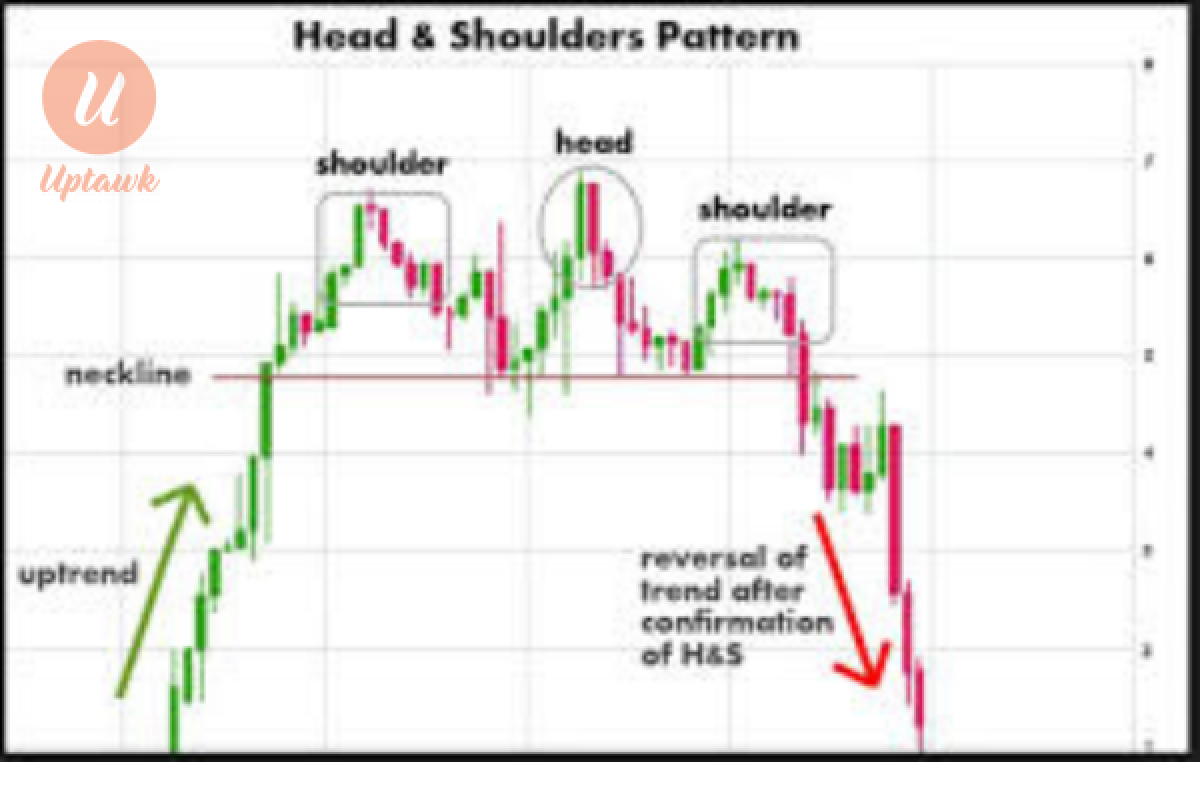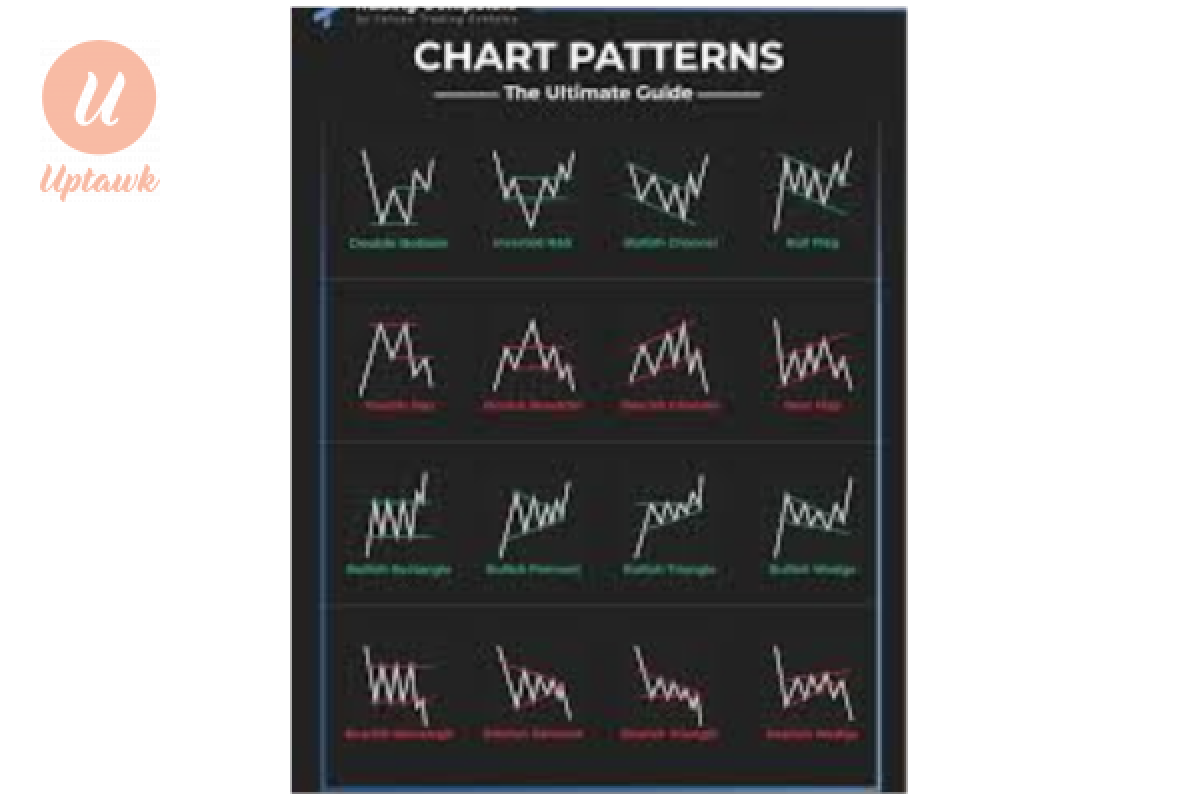
Understanding order types
In crypto trading, order types determine how your trade is executed on an exchange. Here's a step-by-step explanation of market, limit, and stop-loss orders:
1) Market Order
A market order is an instruction to buy or sell a cryptocurrency immediately at the best available price in the market.
How it works:
• Executes instantly (or as soon as possible) based on current market prices.
• Prioritizes speed over price control, so the final price may differ slightly from the quoted price due to market fluctuations (slippage).
Key Features:
• No price specification: You accept the market’s current bid (for selling) or ask (for buying) price.
• High liquidity markets: Slippage is minimal in highly liquid markets (e.g., BTC/USDT).
• Low liquidity markets: Risk of higher slippage for less-traded coins.
Use Case:
• Ideal when you need to enter or exit a position quickly, regardless of minor price differences.
Example: You want to buy 1 ETH immediately, and the market price is $3,000. Your order fills at approximately $3,000, but slight variations may occur.
Pros:
• Guaranteed execution (in most cases).
• Fast and simple.
Cons:
• No control over the exact price.
• Slippage risk in volatile or illiquid markets.
Example: You place a market buy order for 0.5 BTC when BTC is trading at $60,000. The order executes instantly, but you might pay $60,100 due to a sudden price spike.
2) Limit Order
A limit order allows you to buy or sell a cryptocurrency at a specific price (or better) that you set.
How it works:
• The order only executes if the market price matches or exceeds your specified price.
• For a buy limit order, the price must be at or below your set price.
• For a sell limit order, the price must be at or above your set price.
• If the market doesn’t reach your price, the order remains open (or expires, depending on exchange settings).
Key Features:
• Price control: You decide the exact price or better.
• Maker vs. Taker fees: Limit orders often qualify for lower “maker” fees since they add liquidity to the order book.
• Patience required: Execution isn’t guaranteed if the market doesn’t hit your price.
Use Case:
• Useful for traders who want to buy low or sell high at a predetermined price.
Example: You set a limit buy order for 1 ETH at $2,800 when the market price is $3,000. The order only fills if ETH drops to $2,800 or lower.
Pros:
• Precise control over entry/exit price.
• Cost-effective (lower fees on many exchanges).
• Protects against paying too much in volatile markets.
Cons:
• No guaranteed execution.
• May miss opportunities if the price doesn’t reach your limit.
Example: You place a limit sell order for 10 XRP at $1.50 when XRP is at $1.40. If XRP rises to $1.50, your order executes; otherwise, it stays pending.
3) Stop-Loss Order
A stop-loss order is a conditional order that triggers a market or limit order to buy or sell a cryptocurrency when its price reaches a specified “stop” price. It’s primarily used to limit losses or protect profits.
How it works:
• You set a stop price that, when reached, activates the order.
• A stop-loss sell order triggers a sale if the price drops to or below the stop price (to limit losses).
• A stop-loss buy order triggers a purchase if the price rises to or above the stop price (often used in short positions).
• Once triggered, it typically becomes a market order (or limit order, depending on the exchange).
Key Features:
• Risk management tool: Automatically exits a position to cap losses.
• Conditional execution: Only activates when the stop price is hit.
• Slippage risk: If triggered as a market order, the final price may differ due to volatility.
Use Case:
• Protects against significant losses in a falling market or locks in profits if the price reverses.
Example: You buy 1 BTC at $50,000 and set a stop-loss sell order at $45,000. If BTC drops to $45,000, the order triggers, selling your BTC to limit further losses.
Pros:
• Automates risk management.
• Helps avoid emotional trading decisions.
• Useful in volatile crypto markets.
Cons:
• No guarantee of exact exit price (especially with market stop-loss orders).
• Can be triggered prematurely by short-term price dips (stop-hunting in crypto markets).
Example: You hold 100 ADA at $2.00 and set a stop-loss sell at $1.80. If ADA falls to $1.80, a market order is placed, selling at the best available price (e.g., $1.79 or lower due to slippage).
Understanding their differences






Comments 0 Comment